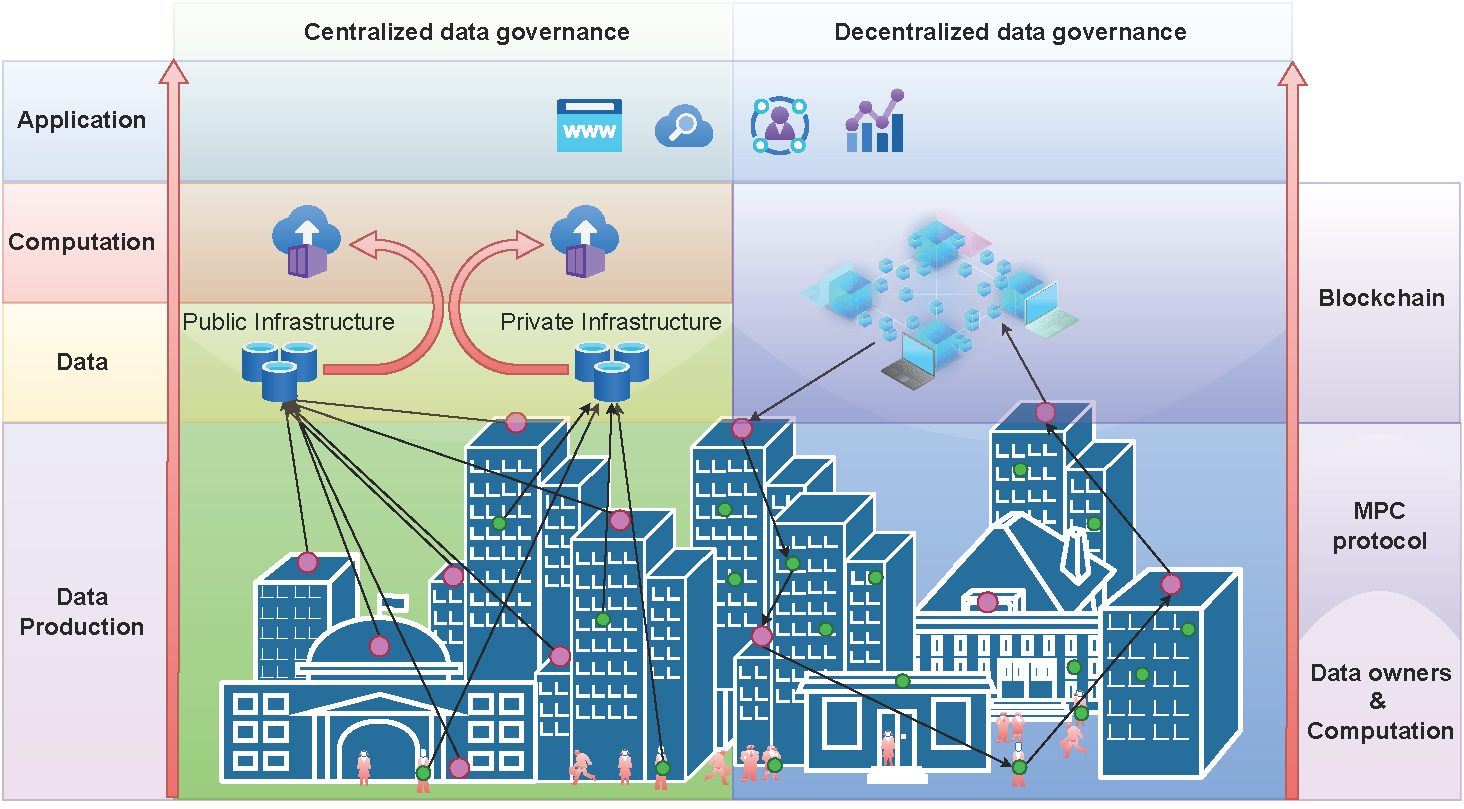
- PROJECT CODE: N2-0225
- PROJECT TITLE: Possibilities of using natural fibers in the production of hybrid textile reinforcement for concrete
- PROJECT TEAM: Matthew Schwarzkopf, PhD (leader), Jaka Gašper Pečnik, David DeVallance, Tania Langella, Mariem Zouari, Erwin M. Schau
- PERIOD: 01.03.2022 – 28.02.2025
- BUDGET: €299,957.49
- FINANCING: ARRS
- COORDINATOR: Czech Technical University in Prague (Czech Republic)
- PARTNERS: InnoRenew CoE (Slovenia)
The project will develop textile reinforced concrete (TRC) by different methods, including fiber rovings and fiber dispersion, that involve a combination of natural and synthetic fiber reinforcements. The project’s TRC will be a commercially applicable, cost-effective and environmentally friendly alternative to traditional reinforced concrete, developed with thoroughly planned reinforcement and material design, treatment and modification of the concrete matrices and fiber reinforcements, and extensive material performance assessment. Rovings from natural fibers will be combined with commonly used rovings (i.e., carbon, AR glass, basalt), and natural fibers dispersed in the concrete matrix will be combined with traditional fiber materials (i.e., polypropylene, polyvinyl alcohol, AR glass) to find the optimal combination in terms of mechanical and technological parameters. The TRC’s mechanical performance, fire resistance, and long-term durability will be investigated. The TRC will be monitored for overall resistance to mechanical stress, focusing on ductility and stiffness with respect to the amount of reinforcement. The TRC will be compared environmentally and economically with commonly used reinforcement materials (i.e., steel rebar) through life cycle assessment and life cycle costing.
InnoRenew CoE project activities
InnoRenew CoE will develop a sustainable hybrid reinforcement for the TRC, investigate its mechanical performance and durability and identify the key components and process parameters influencing its environmental impact and economic feasibility.




